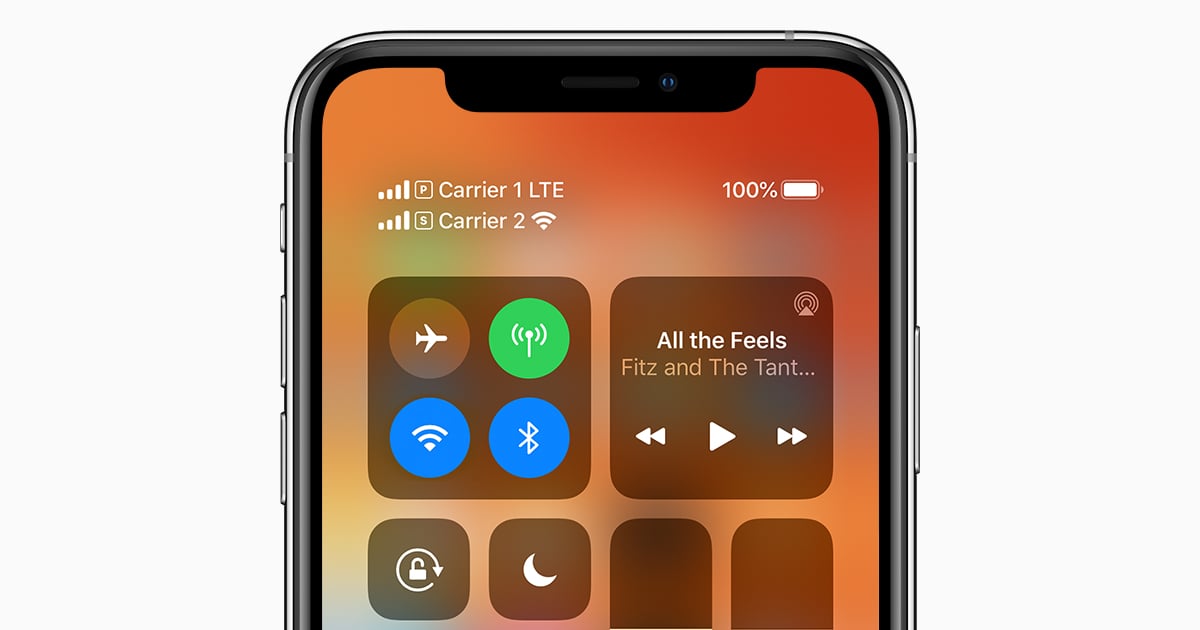
The term eSim itself actually means an embedded SIM Card. This card is about 15% of the common Nano SIM Card used by many iPhone users. The concept is all about size and less physical work. Instead of buying a new SIM card and activating it for example while traveling, the user simply has an in-built card. Any networks offering eSim services can be used within minutes, in any country! This service is however not available in every country yet but the concept has taken action and it is spreading rapidly.
See also: How To Use AirDrop On iPhone 11 Series

iPhones compatible with eSim
The iPhones compatible with the embedded SIM technology are the latest models released by Apple including the iPhone XR, iPhone XS/XS Max, iPhone 11, iPhone 11 Pro/ Pro Max. They offer dual SIM support, which includes one eSim chip built inside. Instead of working on more than one SIM slot, smartphone companies have simply embedded them inside the phone itself, leaving behind space for the rest of the components to fit. This makes the technology more efficient than before.
Solutions
The user may scan the QR code provided by the network to enable their carrier. In other words, this is the main benefit for the users. Instead of swapping SIMs countless times, users will have one SIM inserted and the other one embedded.
The setup guide: with a QR code
In order to activate your eSim on your iPhone, you have to go through a short and easy process. It is better than driving down to the store to buy a new SIM for yourself, so don’t worry!
Users will have to open the ‘settings’ application on their home screens. The main settings provide subheadings for each option, where the user clicks ‘cellular’ to enter their network settings. For the compatible iPhones, an ‘Add Cellular” option will be displayed in blue.
Choosing that option will lead the user to the QR code scanner where the iPhone camera will detect the network. The QR code usually leads to an automatic set up of the cellular network. The network will be detected and the user will be required to make new changes to their original Cellular settings.
Your iPhone will require you to label your phone numbers if you already have the SIM slot filled. There are various labels available such as Business, Personal, Travel, Primary and Secondary. A default number is later required. This number is the one used for the built-in iOS applications such as iMessage or FaceTime. This can later be changed by the user.
How to use it?
You can choose a specific line for different contacts. This line will be used to send a text or make a call. This can also be changed later. So you can use one line as a business/personal number and have a data roaming SIM for use in another country. While texting or making a call, a green box will appear on the screen which will label the default line being used. It can be changed by tapping that box, and swap numbers immediately. It makes changing SIMs frequently and using up extra space for SIM slots redundant. Clearly, this technology is really beneficial for frequent travelers. Users may choose their cellular plans by downloading the network app. This can be changed easily when your local network is not available when you travel abroad. One app can connect your phone to your desired eSim provider with your desired plan. It’s really as easy as it sounds! The technology is advancing at a fast pace, and it won’t be long enough until every phone manufactured will be supported by the embedded SIM card.

